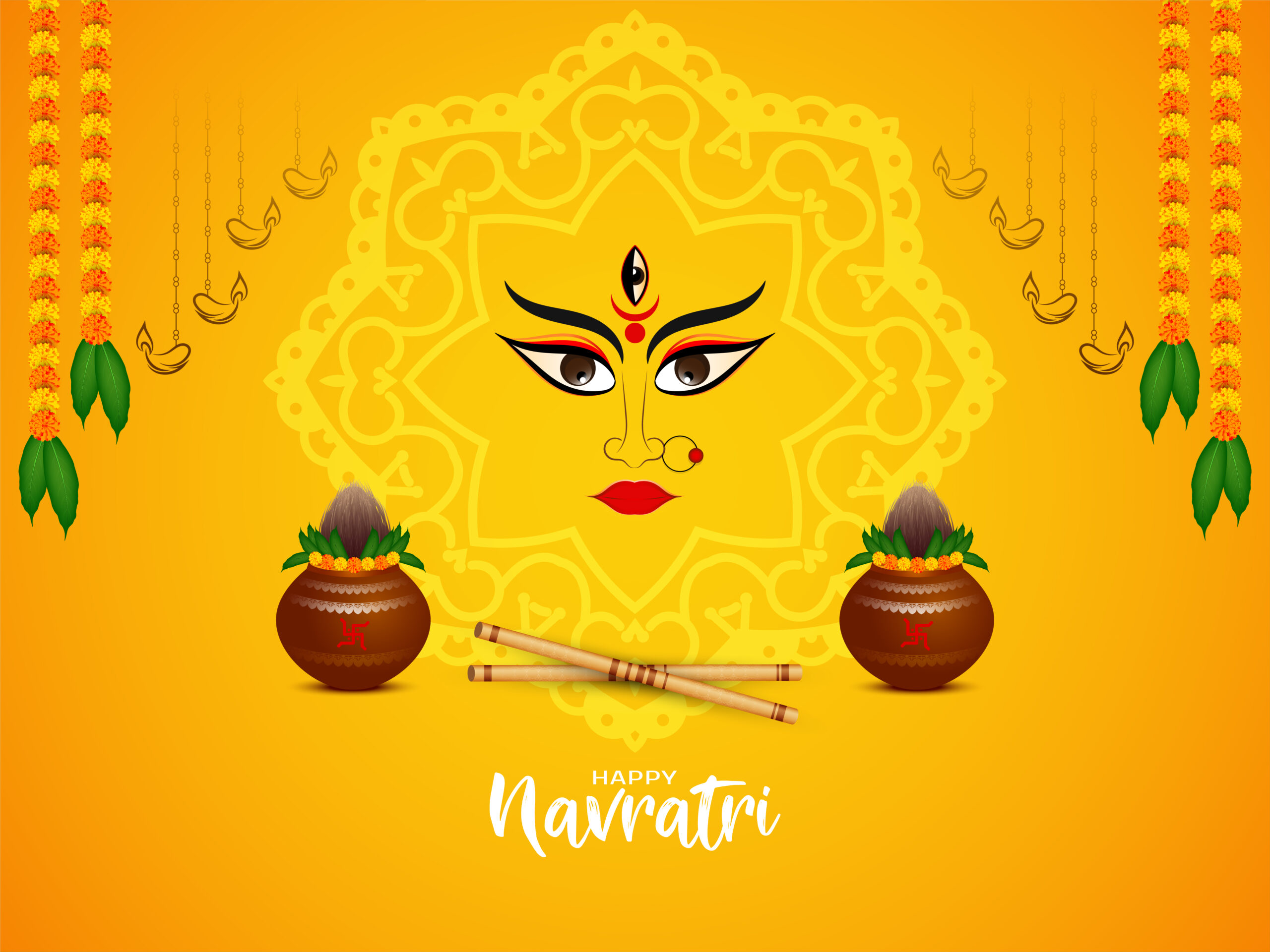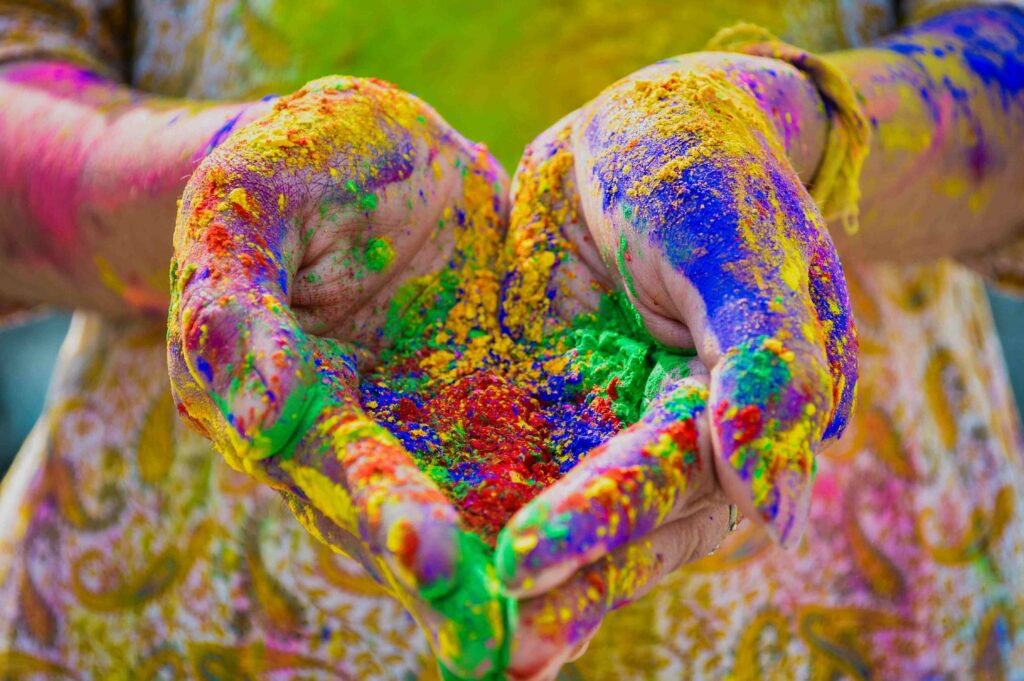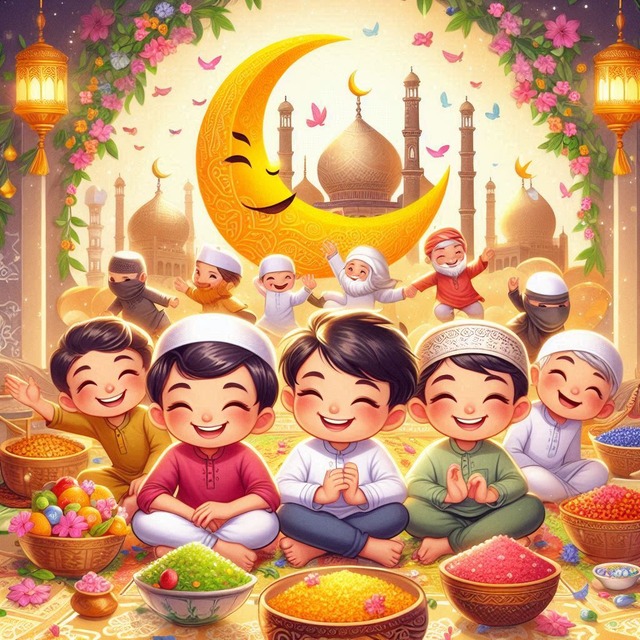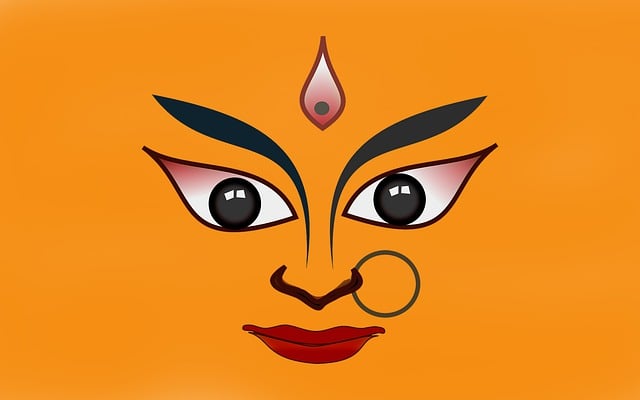Introduction About Navratri:
Navratri also know as Sharad Navratri , a vibrant and auspicious festival celebrated across India, holds a special place in the hearts of millions. It spans nine nights, dedicated to the divine feminine energy, and is marked by dance, music, fasting, and devotion. Behind the colorful garb of festivities lies a rich tapestry of mythology, scientific rationale, and intricate rituals.
The Mythical Tapestry: The Legend of Bihashti:
Navratri is often associated with the battle between the goddess Durga and the demon Mahishasura, symbolizing the triumph of good over evil. However, there’s a lesser-known tale, the story of Bihashti, that adds depth to the narrative.
Bihashti, a powerful demon, sought immortality through a stringent penance. Impressed by his devotion, the gods granted him a boon, rendering him nearly invincible. However, Bihashti’s arrogance and misuse of power led to chaos. In desperation, the gods created a divine feminine force, Shakti, who fought and defeated Bihashti after a fierce battle lasting nine nights. The victory symbolizes the cosmic balance and the cyclical nature of life.
Scientific Harmony Behind & The Cosmic Connection:
The timing of Navratri aligns with the autumnal equinox, a period when the Earth experiences nearly equal daylight and darkness. Scientifically, this marks a shift in energy, influencing the Earth’s magnetic field. Many believe that during Navratri, the increased cosmic energy positively impacts spiritual practices, making it an opportune time for worship and meditation.
Moreover, the traditional fasting during Navratri is not just a religious observance but has scientific underpinnings. The change in season affects the body’s metabolism, and fasting allows it to recalibrate, providing a range of health benefits. The emphasis on specific foods like fruits, nuts, and dairy during this period also contributes to a balanced diet.
Rituals of Navratri A Spiritual Journey:
Navratri involves a spectrum of rituals, each holding its significance and contributing to the spiritual journey of the devotee.
Garba and Dandiya Raas: The energetic and colorful Garba and Dandiya Raas dances are not just forms of entertainment but are deeply rooted in spiritual symbolism. The circular movements represent the cyclical nature of life, death, and rebirth. The rhythmic clashing of sticks in Dandiya Raas is said to invoke the cosmic energy and create harmony.
Fasting and Pujas: Devotees observe fasts during Navratri, abstaining from certain foods. This not only cleanses the body but also instills discipline and control over the senses. Elaborate pujas and ceremonies are performed to honor the various forms of the goddess, seeking blessings for prosperity, wisdom, and strength.
Kanya Pujan: On the eighth or ninth day of Navratri, young girls are worshipped as manifestations of the divine feminine. This ritual, known as Kanya Pujan, symbolizes purity and innocence, reinforcing the idea that the divine feminine energy is present in every girl.
Navratri Celebrations Across India:
Gujarat:
Garba and Dandiya Raas: Gujarat is perhaps the most famous for its energetic Garba and Dandiya Raas dances. People, dressed in vibrant traditional attire, form circles and dance to the rhythmic beats of Garba. Dandiya Raas involves sticks and intricate footwork, creating a lively and colorful spectacle.
West Bengal:
Durga Puja: In West Bengal, Navratri culminates in the grand celebration of Durga Puja. Elaborate pandals (temporary structures) are set up, showcasing artistic depictions of goddess Durga. The festival involves elaborate rituals, cultural programs, and processions, with the immersion of Durga idols on the tenth day, known as Vijaya Dashami.
Maharashtra:
Ghatsthapana and Kalash Sthapana: Maharashtrian households perform Ghatsthapana, marking the beginning of Navratri. A pot (ghat) symbolizing the goddess is adorned, and a Kalash (sacred vessel) is installed. The nine nights are marked by daily prayers, aartis, and the immersion of the Kalash on the tenth day.
Kolkata:
Sindoor Khela: In Kolkata, on the last day of Durga Puja, married women participate in Sindoor Khela. They apply sindoor (vermilion) to the goddess’s idol and to each other, symbolizing the strength and power of married life. It is a colorful and emotional ritual.
South India:
Golu Doll Display: In states like Tamil Nadu and Karnataka, Navratri is celebrated with the display of Golu, an arrangement of dolls and figurines depicting various deities and scenes from mythology. Families invite guests to their homes to view the Golu and offer prayers.
Punjab:
Ramlila and Dussehra: In Punjab, especially in cities like Amritsar, Ramlila performances are organized, depicting episodes from the Ramayana. Dussehra, marking the victory of Lord Rama over Ravana, is celebrated with effigy burns of Ravana, symbolizing the triumph of good over evil.
Kerala:
Saraswati Puja: In Kerala, the last three days of Navratri are dedicated to the worship of Goddess Saraswati, the deity of knowledge and wisdom. Books and instruments are placed in the prayer area, and traditional ceremonies are conducted to seek the goddess’s blessings for education and learning.
Conclusion:
Navratri, with its intricate blend of mythology, scientific relevance, and spiritual practices, is more than a mere celebration; it is a profound journey that connects individuals with cosmic energy, fostering a sense of balance, renewal, and devotion. The rhythmic beats of Garba echoing through the night and the fragrance of incense permeating the air during this auspicious time serve as a testament to the enduring cultural and spiritual richness of India. These diverse celebrations during Navratri showcase the unity in diversity that characterizes the country, where the same festival is embraced with unique flavors, customs, and fervor across different regions and communities. Navratri serves as a beautiful thread, weaving together the rich tapestry of Indian culture and spirituality, creating a harmonious symphony that resonates across the nation.




